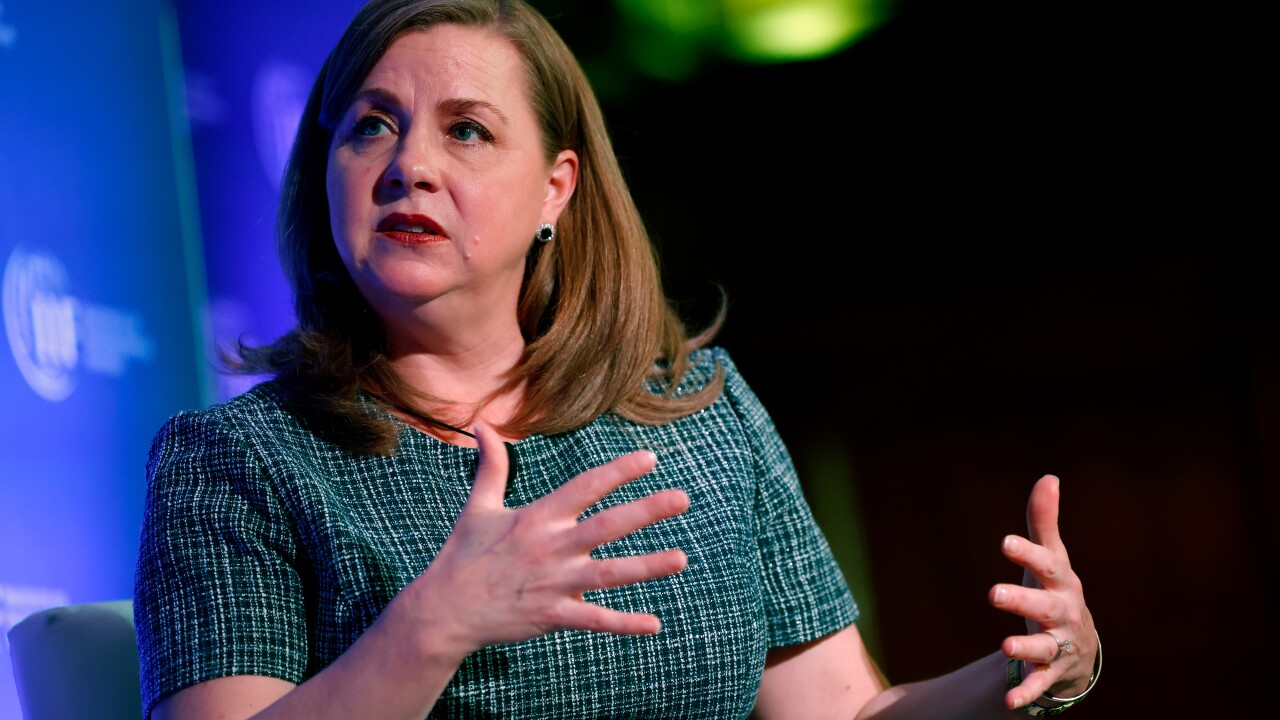Now that potential coronavirus vaccines are on the horizon and people hope to return to normalcy in 2021, many wonder whether U.S. consumers will return to their old ways of cash and card payments, or if they’ll continue to embrace money transactions of the future.
For example, just over a year ago the U.S. was dinged for trailing significantly behind countries like China and India in terms of mobile payments and digital financial transactions. Now, contactless and cashless payments are the new normal. In fact, a recent survey of American consumers found that half are using less cash than they were prior to COVID-19. Moreover, according to a study conducted by the National Retail Federation and Forrester, one in five U.S. consumers made a contactless payment for the first time during the pandemic.
It’s unlikely that cash and card transactions will ever return to what they once were pre-COVID, as people are now hyper-aware of the sanitary concerns that come with contact-based payments. This trend quickly accelerated in May once the Center for Disease Control (CDC) issued guidance for the public to use touchless payment methods whenever possible. Before COVID-19, consumers were withdrawing cash from an ATM four times a month, and depositing cash 2.5 times per month. According to Mercator Advisory Group, the frequency of cash withdrawals and deposits declined rapidly after the initial "cash hoarding" that occurred at the onset of the pandemic.
The numbers are similar for international peer-to-peer payments, too. More people are using digital money transfer platforms for global money transfers, despite the World Bank’s prediction that cross-border money transactions would drop due to COVID-19. For example, at
Once vaccines are widely available, some Americans may revert to old habits of paying cash and swiping cards, but many will choose to stick to digital and mobile payment methods. A recent McKinsey study illuminates how this newfound culture of convenience has staying power. The survey found that more than half of new and increased users report an intent to continue using digital and contactless services post-COVID-19.
That said, the U.S. will likely never become a fully cashless society, as doing so would discriminate against the unbanked, lower income and minority groups, all of which are more likely to be reliant on cash as a primary method of payment, according to Pew Research. In fact, the FDIC estimates that over 6% of U.S. households, or 14.1 million American adults, are unbanked.
Regardless, reducing the reliance on traditional payment options opens up new possibilities in both personal and business applications in the future. With digital money solutions, people have a safer and more streamlined process for transferring value, whether it’s as simple as someone sending a monetary gift to a loved one or a more complex cryptocurrency transaction, which will transform how businesses transfer money in the future.





